1、 Breeding method
1. Temperature: 18 to 26 degrees, is the most appropriate. Its cold resistance is also good. In winter, it can stand the low temperature of minus five degrees. Therefore, if it is an area below this limit in winter, it needs to be properly protected against cold
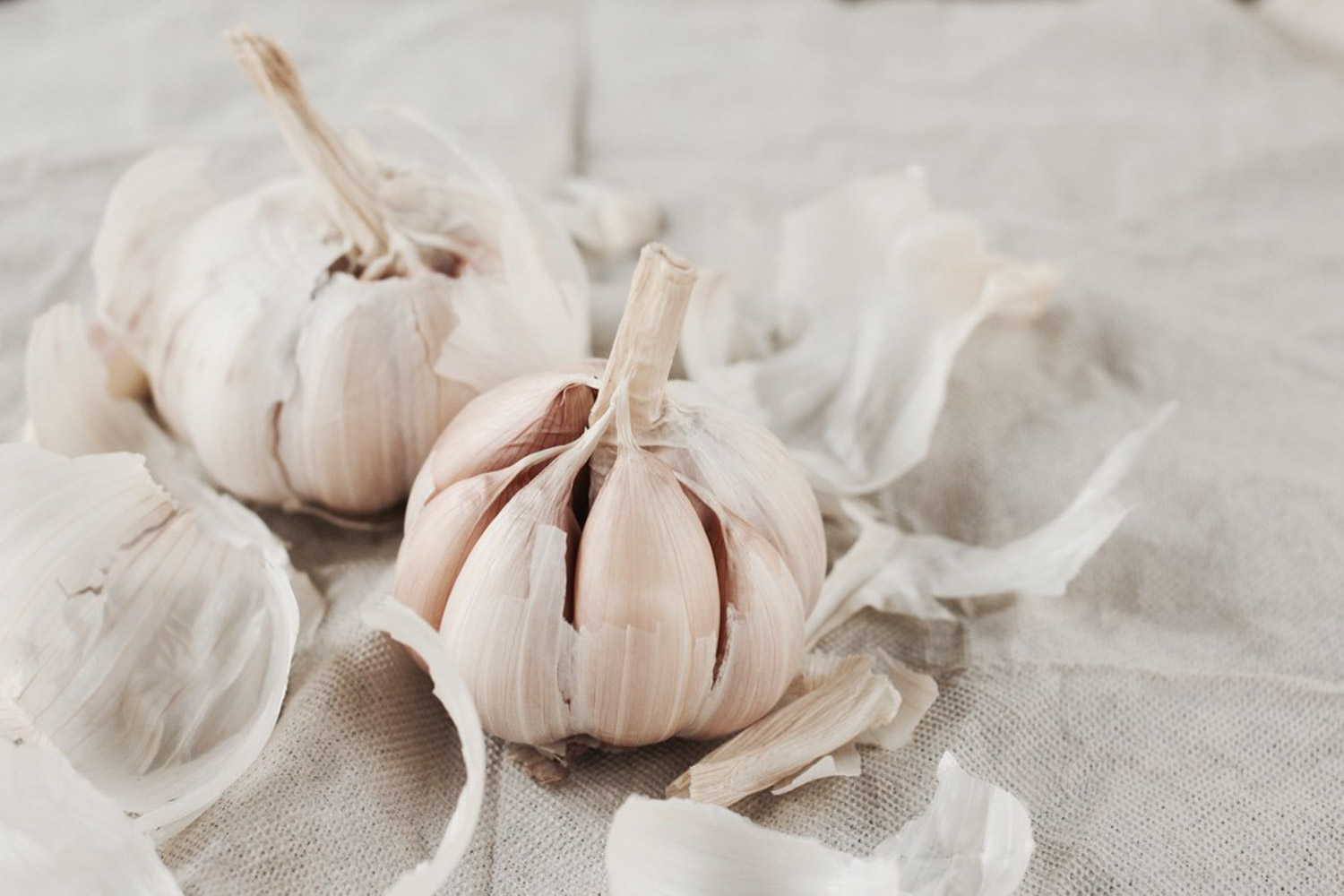
2. Light: the growth of garlic is inseparable from the help of light. Under good light conditions, it grows well and produces more. Generally speaking, when it grows fastest, it needs about ten hours of light every day to grow well. If it is a short day, its stems and leaves may grow in vain

3. Watering: garlic is a wet plant, and it is very afraid of drying. When the soil is dry, it is necessary to replenish water in time. Generally speaking, it is necessary to replenish water when it is half dry

4. Fertilization: apply fertilizer to garlic, mainly base fertilizer. It is usually added when turning the soil in late September. The topdressing required is not too much. Generally, it is in early April, and an appropriate amount of urea is used

2、 Breeding skills
1. Reproduction: it mainly uses the seed reproduction method. The first is to select seeds. The size of seeds has a great impact on the success rate of reproduction and subsequent yield. Sowing is best in late September or early October, and it is better when the temperature is about 17 degrees. The row spacing is controlled at about 20 cm, and the plant spacing is controlled at 16 to 15 cm. After sowing, it needs watering
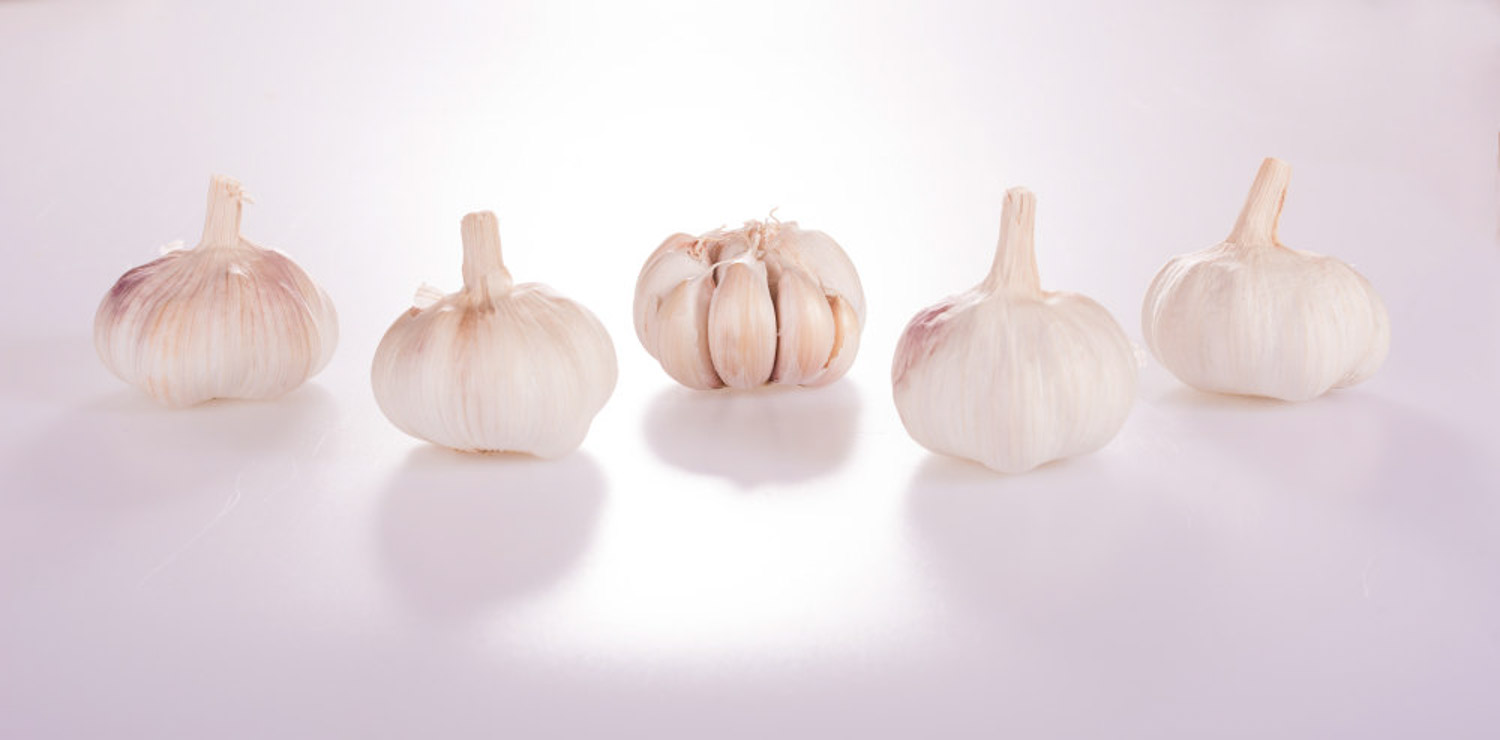
2. Pruning: during the growth period of garlic, it also needs to be pruned properly. However, the number of times does not need to be too much. Especially in case of diseases or pests, pruning is a good auxiliary means. At other times, it can be trimmed in time, but the intensity should not be too high
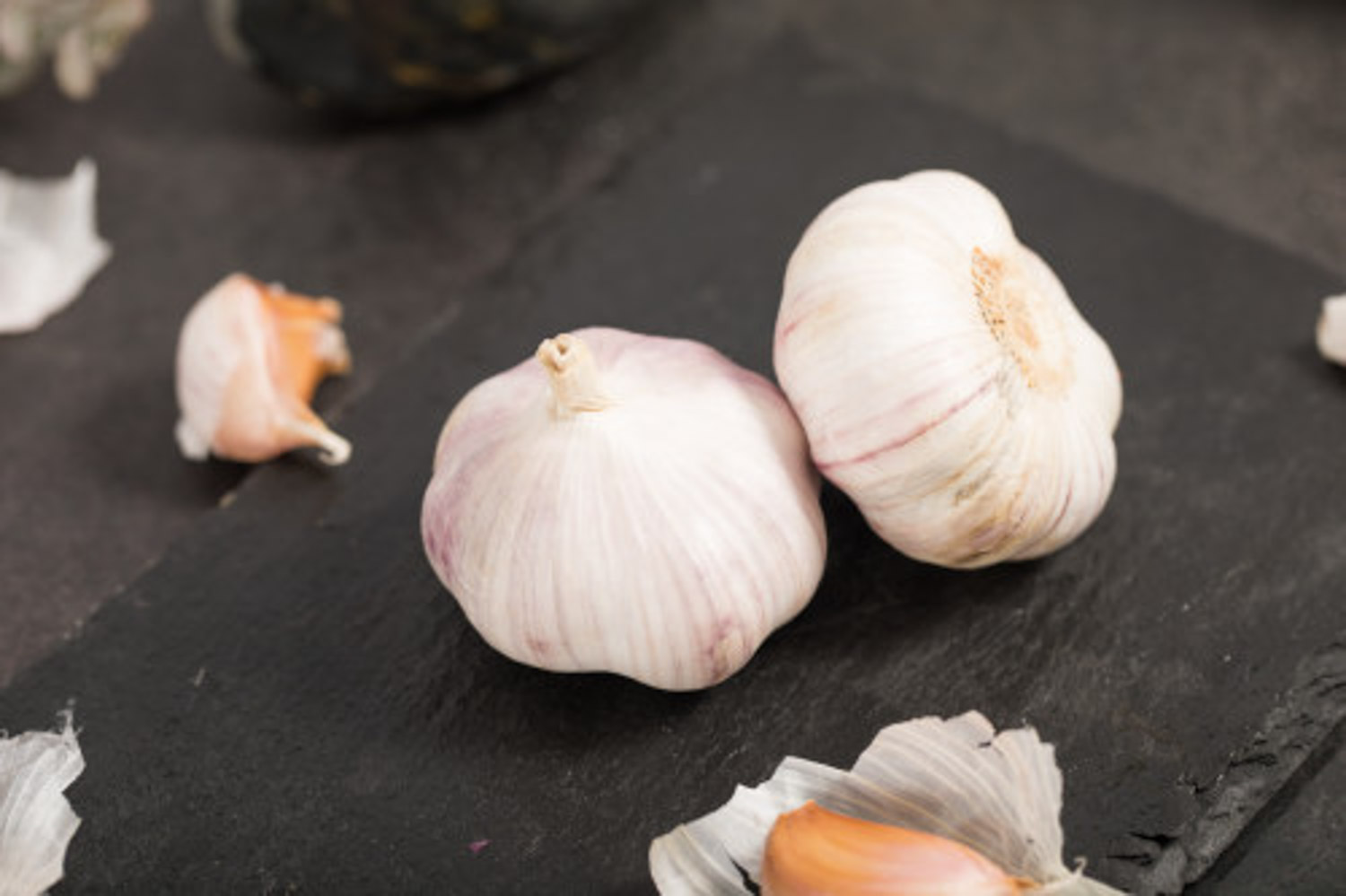
3、 Diagnosis and treatment problems
1. Disease: there may be "leaf blight", which is the main disease of garlic and seriously affects the yield. It occurs more frequently in April. Chlorothalonil can be used for control. There may also be "epidemic diseases", which can be prevented and controlled by ethylphosphine aluminum manganese zinc, and water and fertilizer need to be regulated

2. Insect pest: the main species is "garlic maggot". Available plant ash can effectively prevent the harm of this pest. In serious cases, phoxim emulsifiable concentrate can also be used for prevention and control

4、 Other issues
1. Toxicity: garlic plants are non-toxic and edible
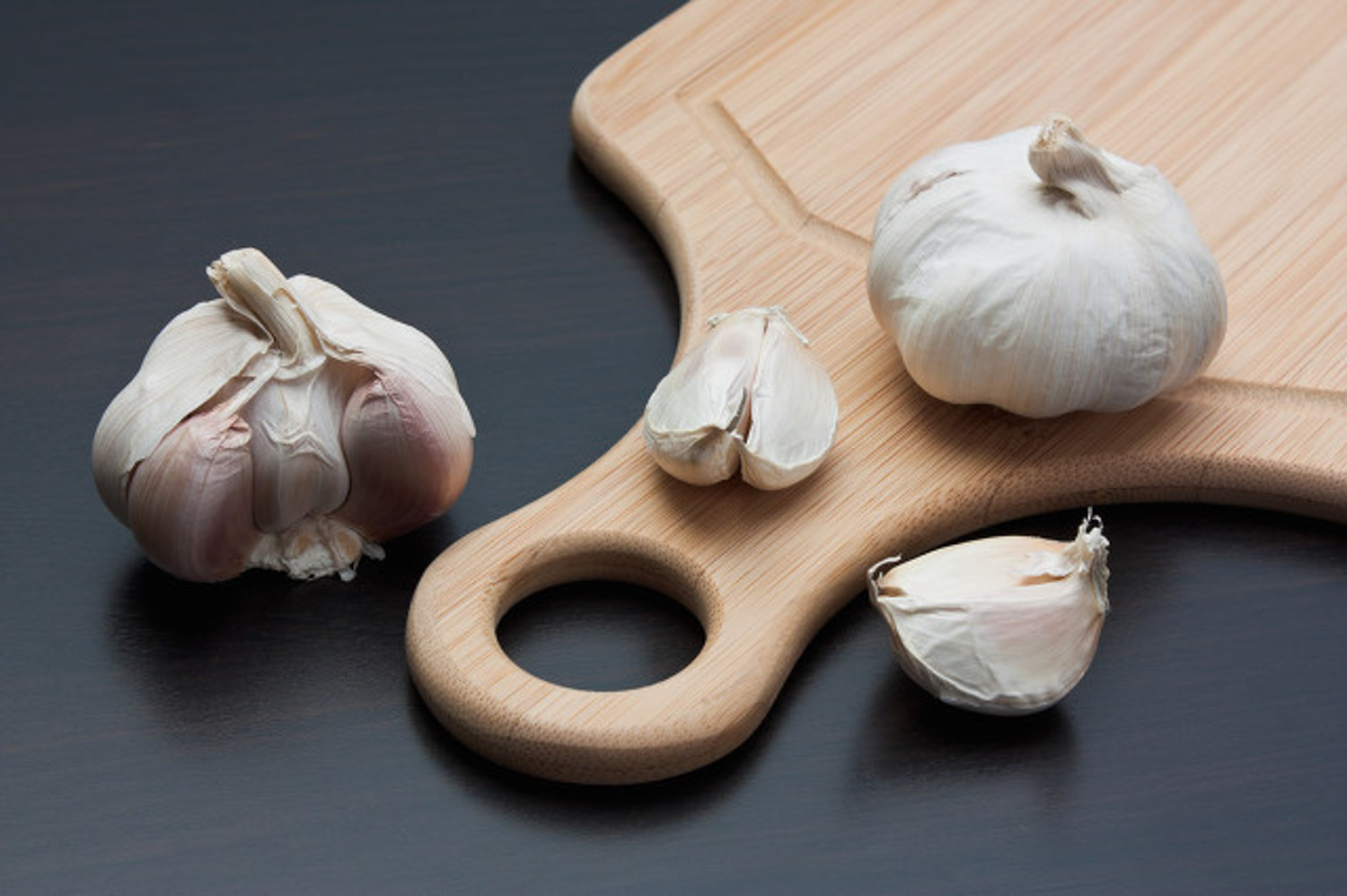
2. Whether it can be raised at home: garlic can be grown at home. The operation is not troublesome, and you can also eat your own garlic. And it won't take up too much space
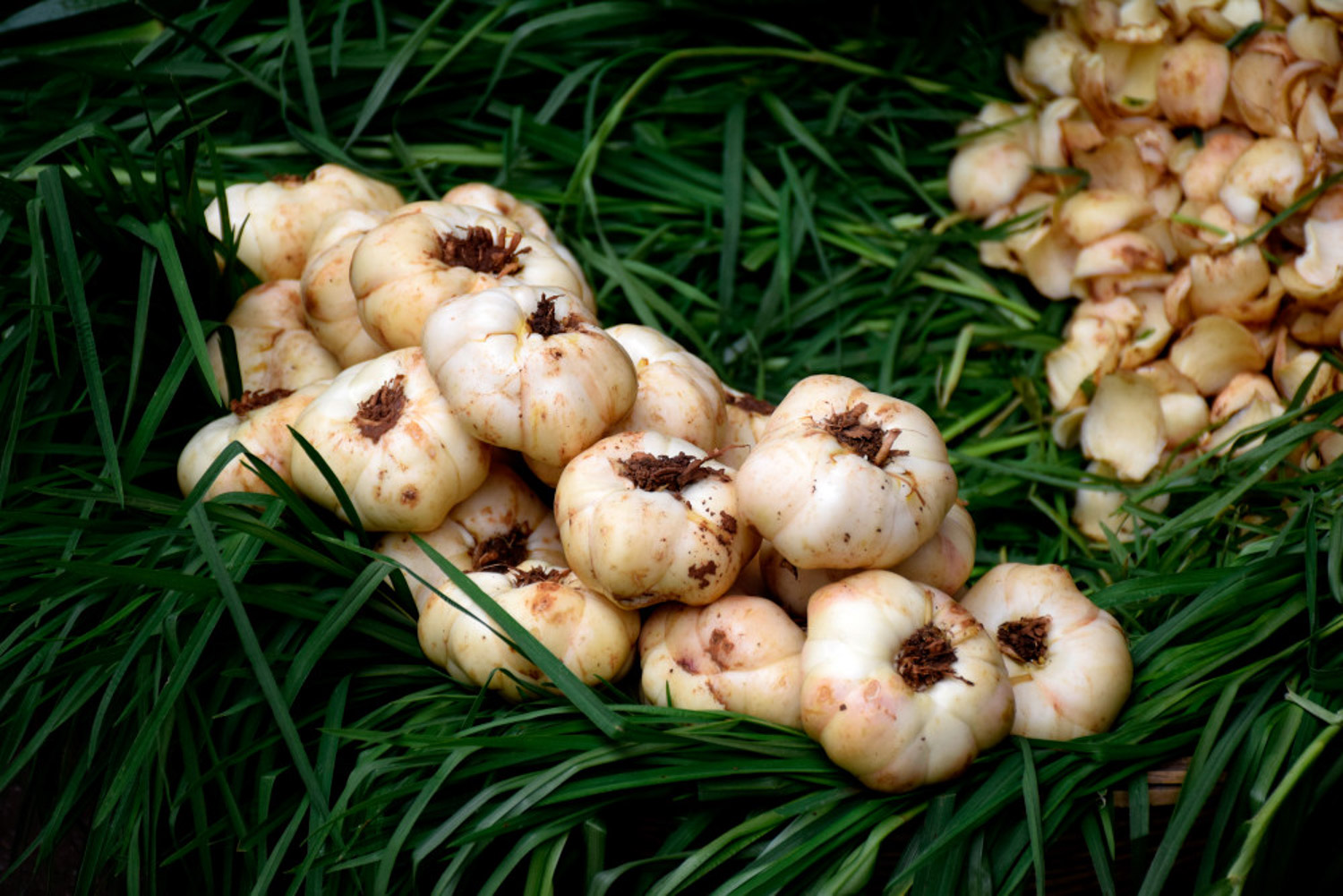

 jackfruit
jackfruit snake plant
snake plant hibiscus
hibiscus hydrangea
hydrangea lavender
lavender Green roses climb al...
Green roses climb al... If you don't pay att...
If you don't pay att... Management of four g...
Management of four g...



































